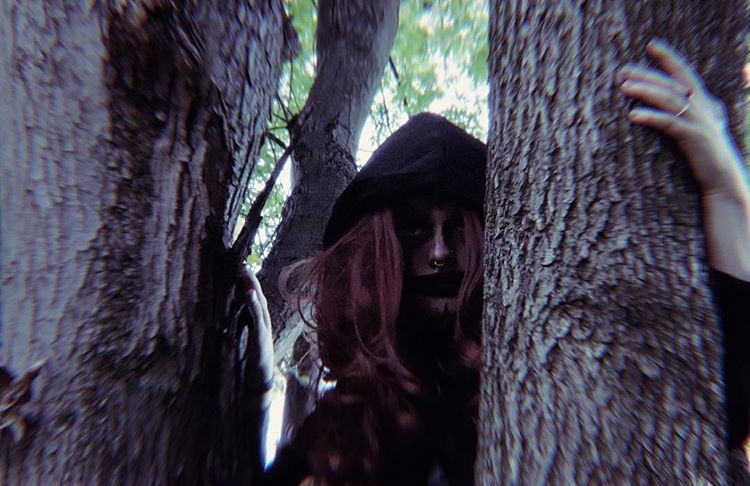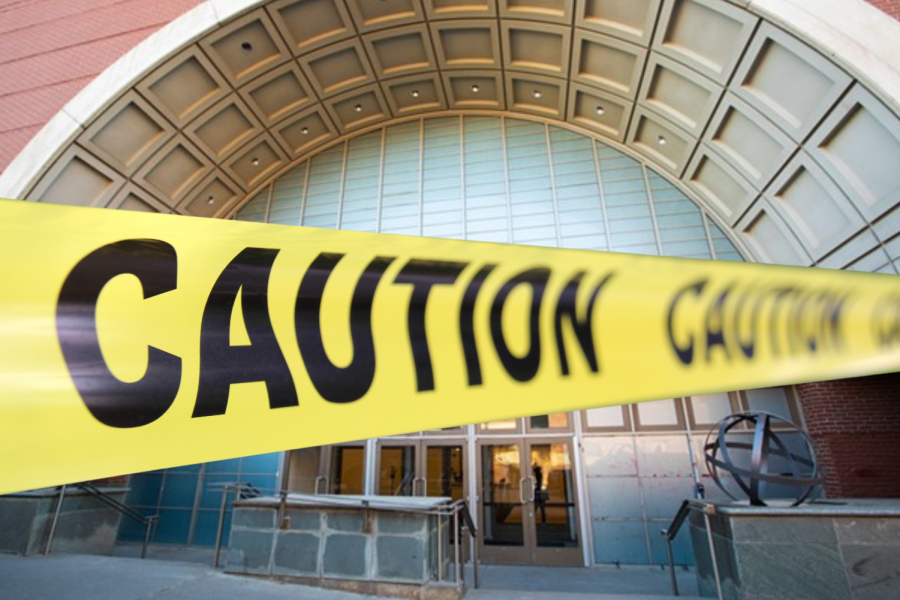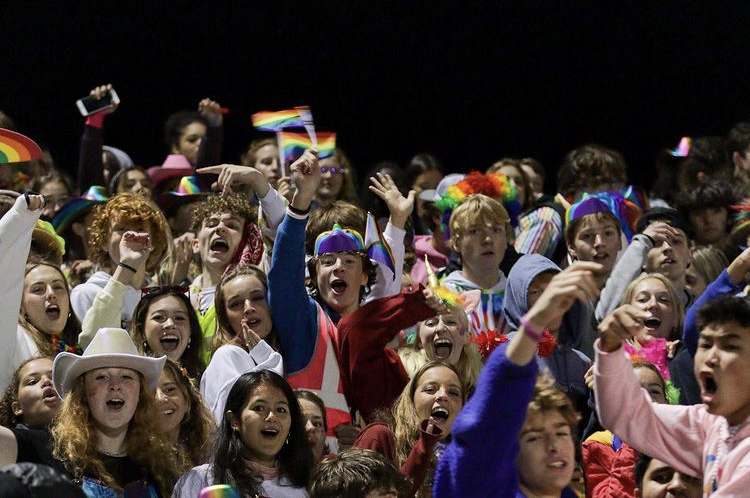By Nataleigh Noble
Dark rituals, bloodstained symbols, hellish sacrifices, and literal flames rising from the ground; these disturbing images bring to the popular mind Satanic worship. Despite this traditional portrayal of the religion, it’s true values are not widely known. Satanism has maintained its mystique throughout the years.
“There’s definitely a lot of misconceptions rooted very deep in people,” Lila Woodard, a Burlington High School (BHS) junior said. “I think if there wasn’t as much stigma around the label of Satanist than I would call myself a Satanist.”
Woodard, along with fellow BHS junior Rachel Hard, dove into the murky waters surrounding the mysterious religion after a school project captured their interest. It all started when they were assigned a “just another day” photo shoot for their Burlington Technical Program.
“Rachel and I were like, what’s the opposite of a normal day?” Woodard said. “The photo shoot we did was pretty satirical in that we tried to convey the creepy and cult-like vibes that many get from satanism and how it’s portrayed in the media.”
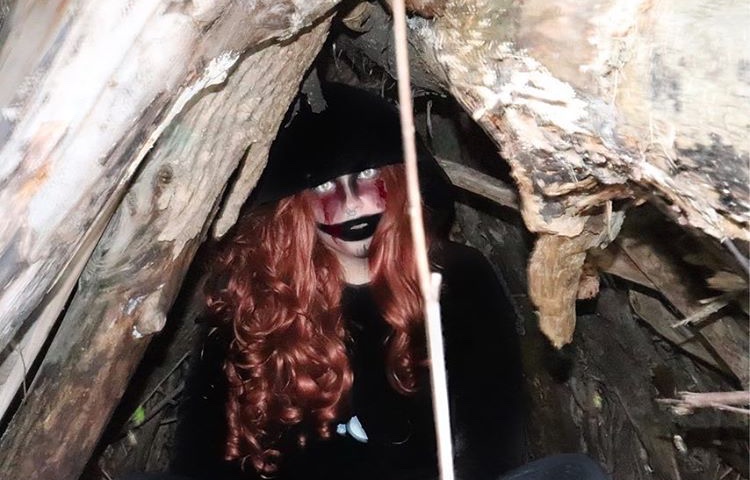
Photo: Lila Woodard
Rachel Hard creeps for the camera
Their curiosity fully piqued, the two photographers started investigating. They even started an instagram page for a pentagram they constructed for their photo shoot. Before they knew it, they were gaining followers, and interacting with Satanists over social media
Hard’s interest in Satanism partially stems from the horror movies she’s watched from a young age.
“I’ve always been fascinated with Stephen king and the religious aspect of most of his books and what is portrayed in our media as satanic or “evil”,” Hard said.
She says she is most intrigued by Secondary Satanists.
“[Secondary Satanism is] less of the idea of evil worshiping and more for the individual seeking answers to life’s unfair gestures,” Hard explained.
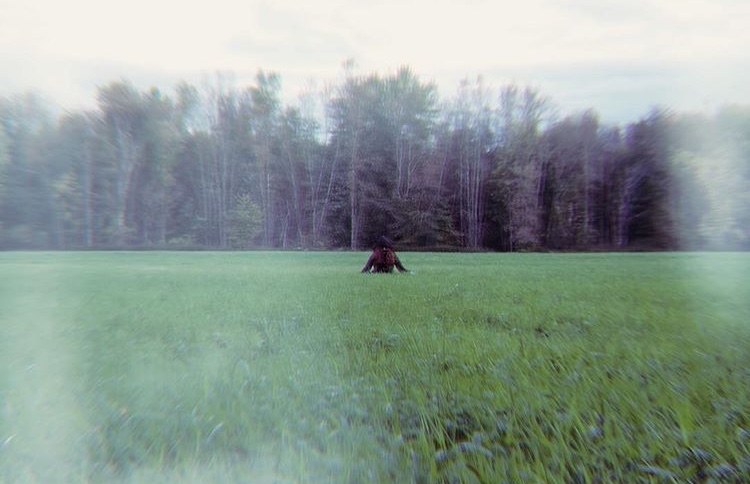
Photo: Lila Woodard
Rachel Hard poses in a field.
This type of Satanism is one of the many often overlooked by the popular mind. “Satanism” can be used as an umbrella term, and is often split up into broad categories, though the lines are often not drawn clearly between the sections. Some Satanists practice Rational Satanism, also known as Laveyan or Atheistic Satanism, in which Satan is more a symbol than a deity to worship. Those practicing this form of the religion do not believe in a higher power. Others partake in various forms of Theistic Satanism, which can include those who view Satan as a god (though not necessarily evil), to those who believe in multiple gods. Another category, Reactive Satanism, follows the Satan in Christian mythology.
Woodward identifies most with Rational Satanism. The deeper they got in their research, the more this type of Satanism resonated with Woodward.
“For me, Satanism, as far as I’ve explored it, is about a connection with the earth, and self realization,” Woodward said. “[Satanism is] a lot of introspection, and figuring out how you relate to everything. Figuring out your size in the world.”
Satanism is a “left leaning religion”. Left leaning religions are characterized as centered around the self, taking responsibility for your actions, and connecting with this life. For example, according to the Church of Satan’s website, one of the more well known atheist satanic groups, a Satanist’s birthday is their most important holiday.
So as the darkest days approach, and Christmas lights infiltrate every town while the familiar jingling bells emerge form every store, what are these two satanist enthusiasts doing?
Not anything too different than those of us who celebrate the holiday.
“I actually celebrate Christmas,” Woodward said. “But for me it’s more about family and giving and community than Christ. I don’t attend church or anything like that at Christmas. It’s purely a family oriented occasion for me.”
While some Satanists may celebrate Christmas regardless of the religious context, Woodward says an important holiday for Satanists is coming up on April 30: Walpurgisnacht. In his book The Secret Life of a Satanist: The Authorized Biography of Anton Szandor LaVey, author Blanche Barton describes it as “the most important demonic celebration if the year, when witches and devils roam the earth, orgiastically glorifying the fruition of the Spring equinox: Walpurgisnacht, the night of April 30th—May 1st.”
The holiday is shared by several practices, according to Britannica, including pagan religions, witchcraft, and, of course, Satanism. To the members of the Church of Satan, it is the anniversary of their church’s founding. For others, the day is full of tricks and pranks. And still for others, the holiday is bursting with magic and spells.
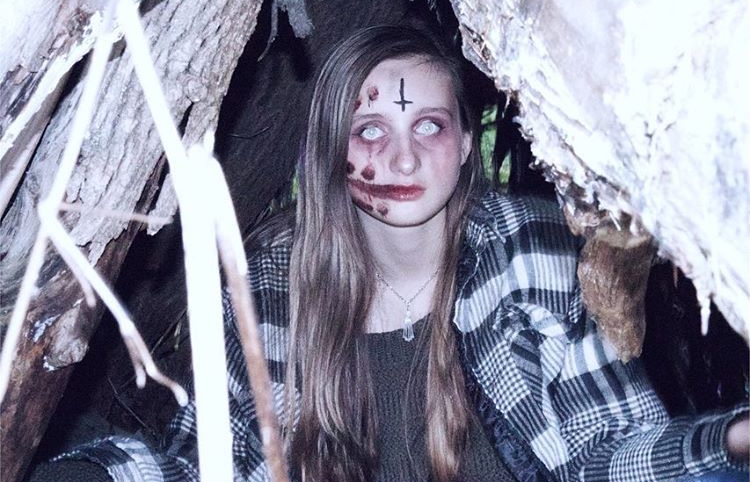
Rachel Hard mocks Hollywood Satanism.
So do the animal sacrificing, curse casting, devil conjuring cults we hear about exist? Woodward and Hard indicated that while there are cults and covens out there, it is not so black and white.
“Like every religion, there’s always extremists,” Woodward said.
Woodward and Hard continue to explore their interest in this misunderstood religion, which all started with a school project.




